The student will be able to assess the impact that changes in environmental conditions can have on living things.
The student will be able to observe the needs of living things that enable them to stay healthy.
The student will be able to identify simple patterns in daily and seasonal cycles.
The student will be able to be aware of the role of plants in sustaining life (for example, providing oxygen, food).
The student will be able to recognize that living things, including humans, need certain resources for energy and growth.
The student will be able to describe the life cycles of a variety of living things (for example, a range of animals and plants).
The student will be able to compare the life cycles of different living things.
The student will be able to identify the common components of life cycles (for example, birth, growth, maturity, reproduction, death).
The student will be able to investigate the responses of plants or animals to changes in their habitats.
The student will be able to analyse ways in which humans use the natural environment.
The student will be able to identify or generate a question or problem to be explored in relation to human impact on the local environment.
The student will be able to explore the use of imagination as a tool to solve problems (for example, particular inventions, scientific discoveries).
The student will be able to investigate ways that familiar materials can be reused.
The student will be able to reflect on and self-assess his or her personal use of natural resources.
The student will be able to explore the role of living things in recycling energy and matter.
The student will be able to critique the impact of a structure on the natural environment.
The student will be able to explain people’s responsibility regarding the use of materials from the environment.
The student will be able to recognize the ways in which plants and animals have adapted over time.
The student will be able to make links between different features of the environment and the specific needs of living things.
The student will be able to explore scientific and technological developments that help people understand and respond to the changing Earth.
The student will be able to explore the impact of the sun on the availability of water.
The student will be able to identify the long-term and short-term changes on Earth (for example, plate tectonics, erosion, floods, deforestation).
The student will be able to take responsibility for living things found in his or her environment.
The student will be able todemonstrate how energy can be stored and transformed from one form to another (for example, storage of fat, batteries as a store of energy).
The student will be able to recognize that solar energy sustains ecosystems through a transformation of energy.
The student will be able toassess renewable and sustainable energy sources (for example, wind, solar, water).
The student will be able to describe the interactions of living things within and between ecosystems.
The student will be able to explain how human activities can have positive or adverse effects on local and other environments (for example, waste disposal, agriculture, industry).
The student will be able to recognize that plants and animals go through predictable life cycles.
The student will be able to identify the structures of plants and animals that are responsible for reproduction.
The student will be able to describe the natural features of local and other environments (for example, underlying geology).
Create prototypes that use algorithms to solve computational problems by leveraging prior student knowledge and personal interests.
Modify an existing program to add additional functionality and discuss intended and unintended implications (e.g., breaking other functionality).
Use flowcharts and/or pseudocode to address complex problems as algorithms.
Create clearly named variables that represent different data types and perform operations on their values.
Decompose problems into smaller components through systematic analysis, using constructs such as procedures, modules, and/or objects.
Create artifacts by using procedures within a program, combinations of data and procedures, or independent but interrelated programs.
Design and iteratively develop programs that combine control structures, including nested loops and compound conditionals.
Decompose problems and subproblems into parts to facilitate the design, implementation, and review of programs.
Distribute tasks and maintain a project timeline when collaboratively developing computational artifacts.
Document design decisions using text, graphics, presentations, and/or demonstrations in the development of complex programs.
Analyze a large-scale computational problem and identify generalizable patterns that can be applied to a solution.
Seek and incorporate feedback from team members and users to refine a solution that meets user needs.
Document programs in order to make them easier to follow, test, and debug.
Recognise that adaptations serve to enhance survival and can be structural or behavioural: Cope with physical factors, obtain food, escape predators and reproduce by finding and attracting mates or dispersing seeds/fruits.
Observe, collect and record information regarding the interacting factors within an environment.
Show concern by being respectful and responsible towards the environment and the organisms living in it.
Identify the characteristics of magnets: magnets can be made of iron or steel. Magnets have two poles. A freely suspended bar magnet comes to rest pointing in a North-South direction. Unlike poles attract and like poles repel. Magnets attract magnetic materials
Show curiosity in exploring uses of magnets in everyday life and question what they find.
Recognise that a magnet can exert a push or a pull.
Identify the organs in the human digestive system and describe their functions: mouth, gullet, stomach, small intestine and large intestine.
Show curiosity in exploring the surrounding living and non-living things by asking questions.
Show concern by being responsible towards plants and animals such as their own pets.
Show curiosity in exploring the surrounding plants and animals and question what they find.
Show concern for man's impact on the environment.



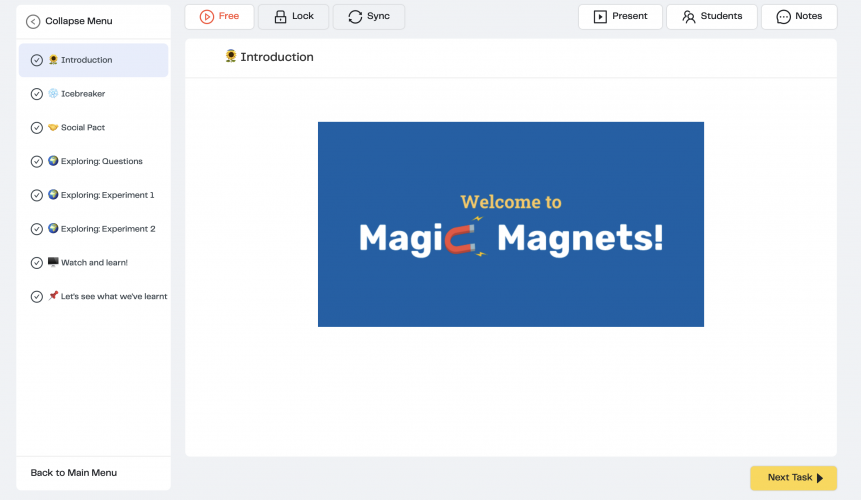
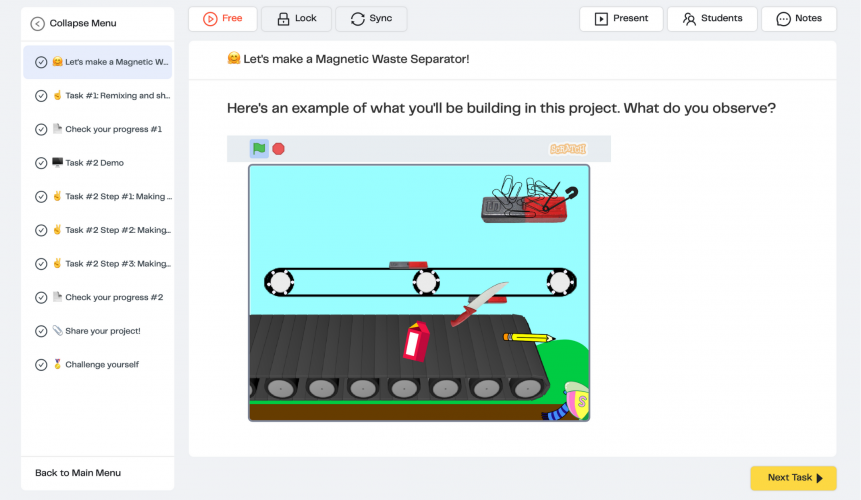
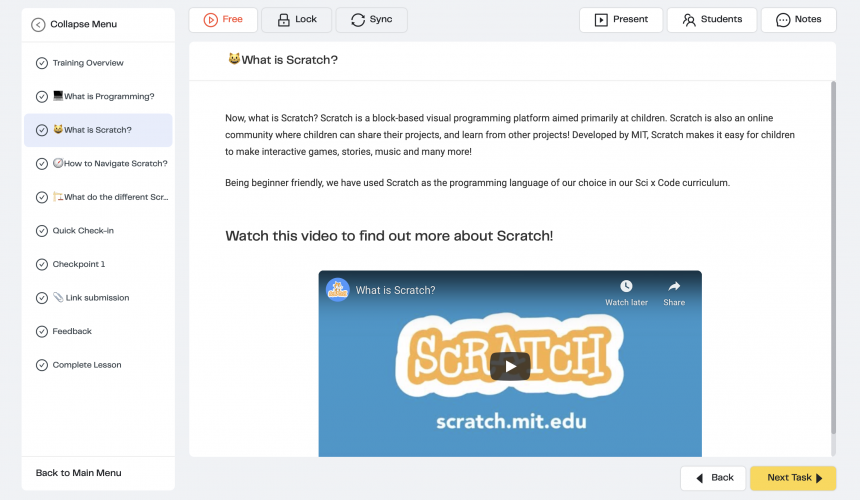
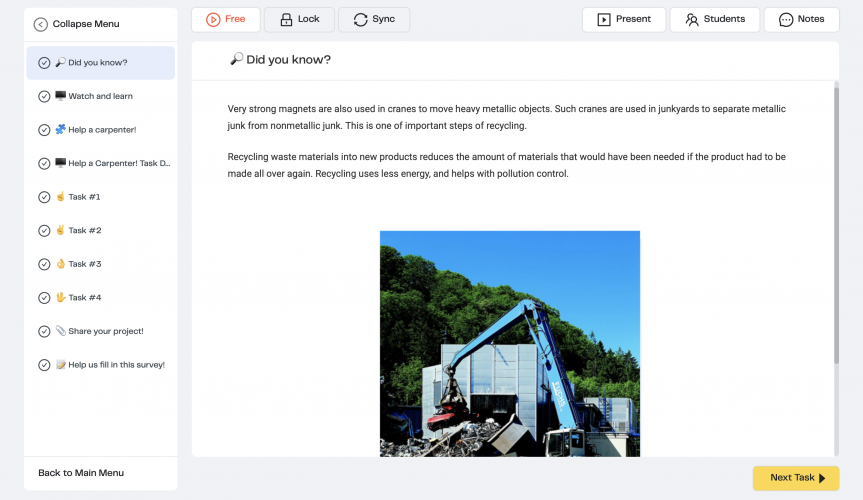
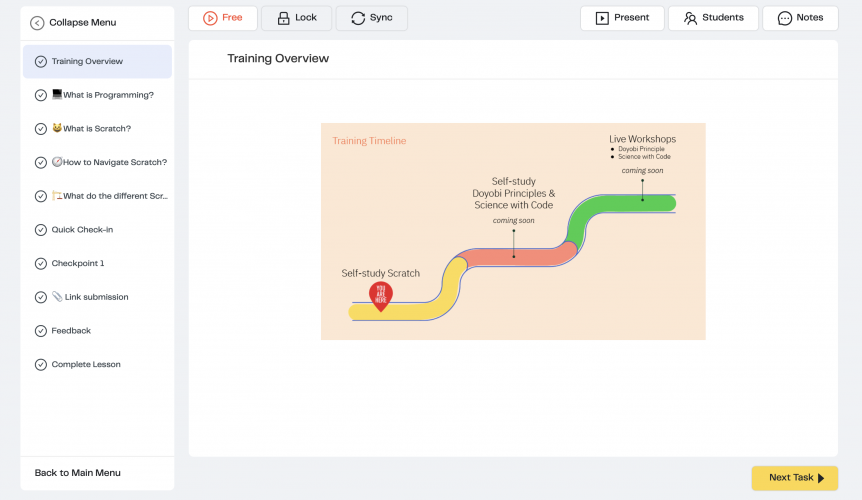
User reviews for Doyobi
You need to log in to post a review.